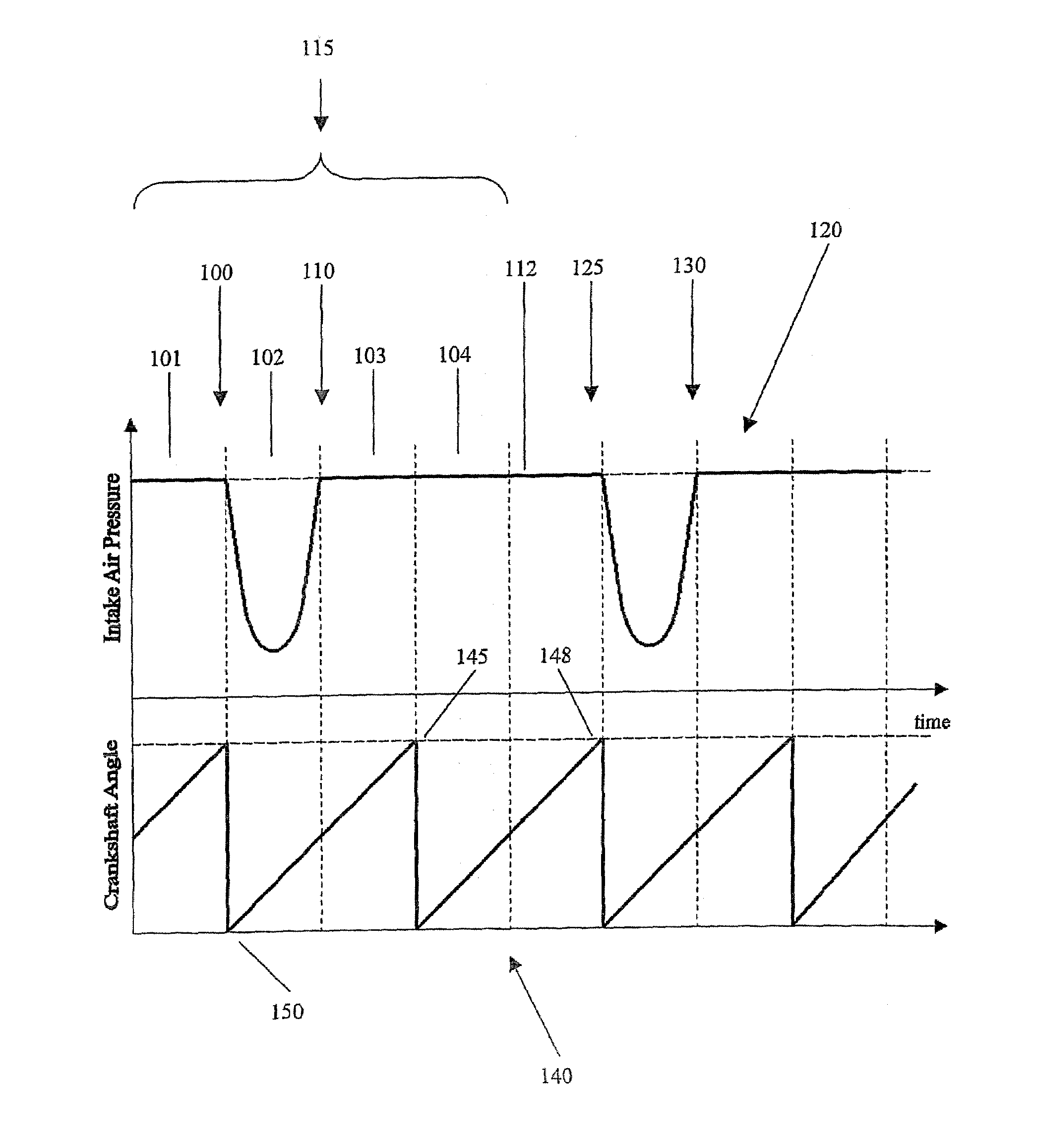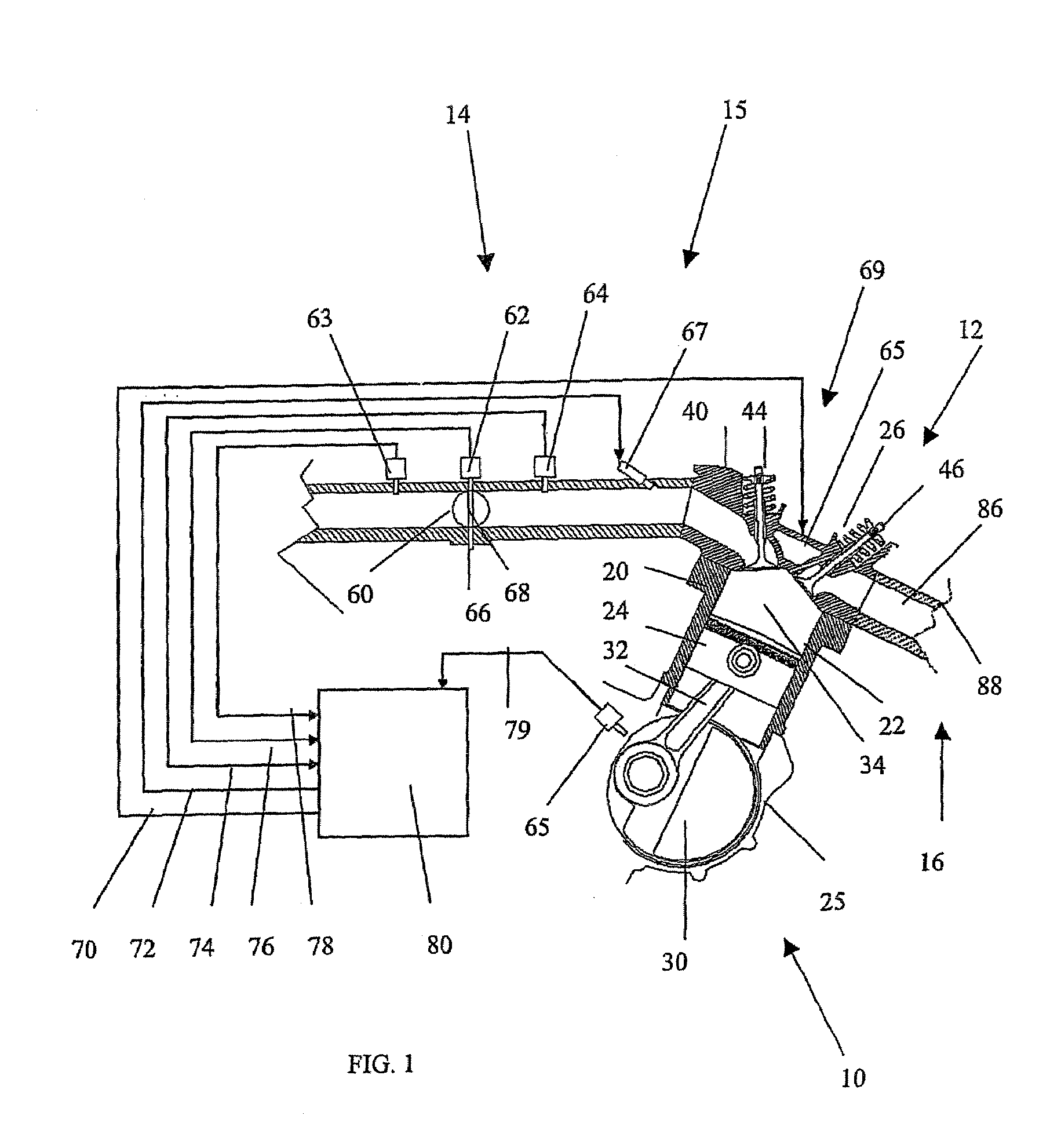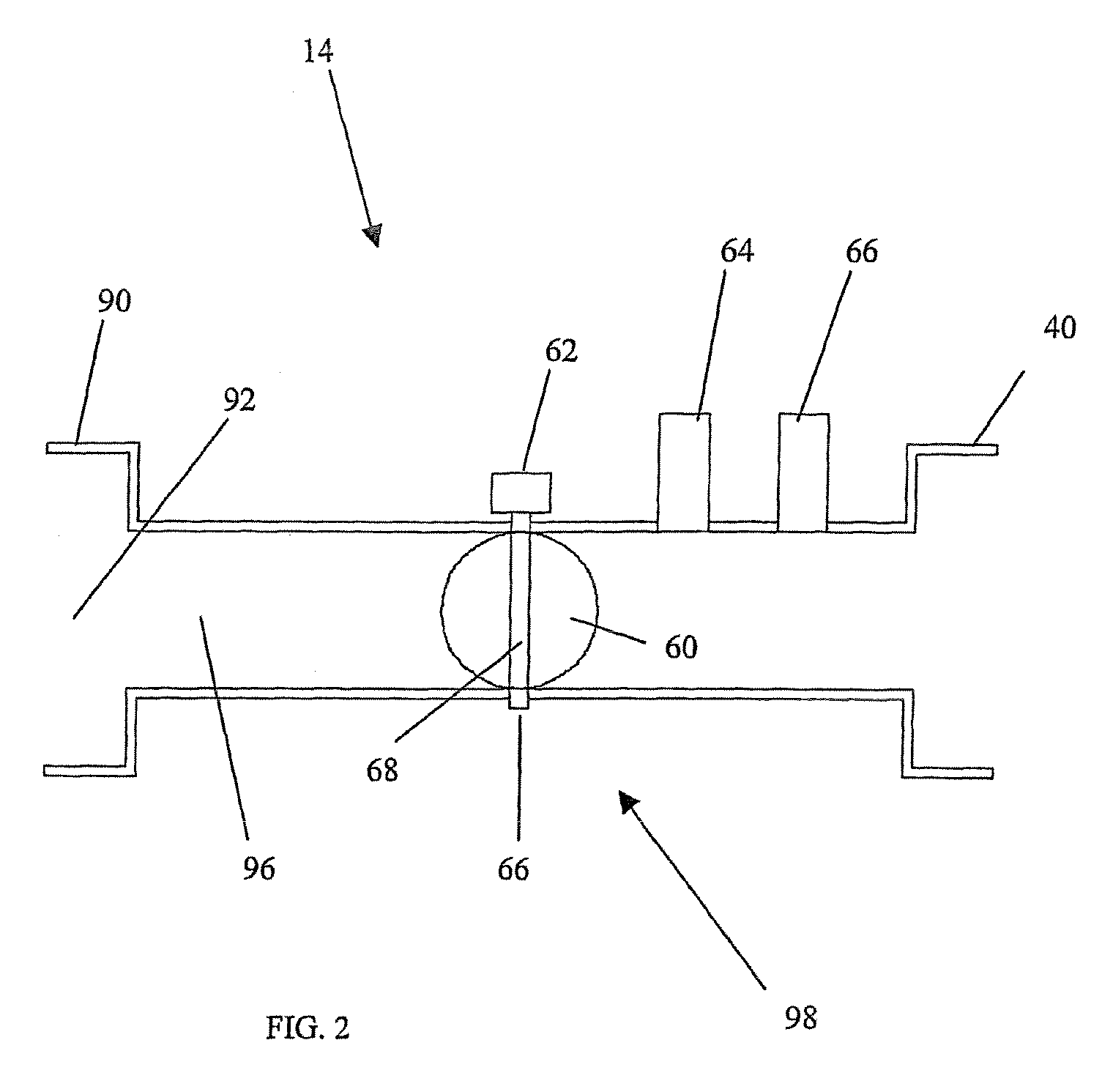Engine timing control with intake air pressure sensor
a technology of intake air pressure sensor and timing control, which is applied in the direction of machines/engines, liquid/fluent solid measurement, process and machine control, etc., can solve the problems of increasing costs and complexity of engine systems, limiting the application of this technology in price sensitive markets, and reducing the complexity of fuel injection systems. , the effect of low cost and low complexity
- Summary
- Abstract
- Description
- Claims
- Application Information
AI Technical Summary
Benefits of technology
Problems solved by technology
Method used
Image
Examples
Embodiment Construction
)
[0114]FIG. 1 shows an internal combustion engine 10 for use in an All Terrain Vehicle (ATV, or Four-wheeler). The present invention may also find utility in applications using internal combustion engines, such as, for example but without limitation, personal watercraft, small jet boats, off-road vehicles, heavy construction equipment, motorcycles, lawn tractors, and gas powered yard implements.
[0115]As used throughout this description, the terms “forward”, “front” and “fore” mean at or to the forward side of exhaust system 16, and the terms “rear”, “reverse” and “rearwardly” mean at or to the opposite side of the front side, unless indicated otherwise.
[0116]The engine 10 operates on a four-stroke combustion cycle. As shown in FIG. 1, the engine 10 includes a cylinder block 20, which defines a cylinder bore 22. In the illustrated embodiment, the engine 10 is of the single cylinder type.
[0117]It is to be noted that the engine may be of any type (V-type, Inline, W-type), may have othe...
PUM
 Login to View More
Login to View More Abstract
Description
Claims
Application Information
 Login to View More
Login to View More - R&D
- Intellectual Property
- Life Sciences
- Materials
- Tech Scout
- Unparalleled Data Quality
- Higher Quality Content
- 60% Fewer Hallucinations
Browse by: Latest US Patents, China's latest patents, Technical Efficacy Thesaurus, Application Domain, Technology Topic, Popular Technical Reports.
© 2025 PatSnap. All rights reserved.Legal|Privacy policy|Modern Slavery Act Transparency Statement|Sitemap|About US| Contact US: help@patsnap.com



